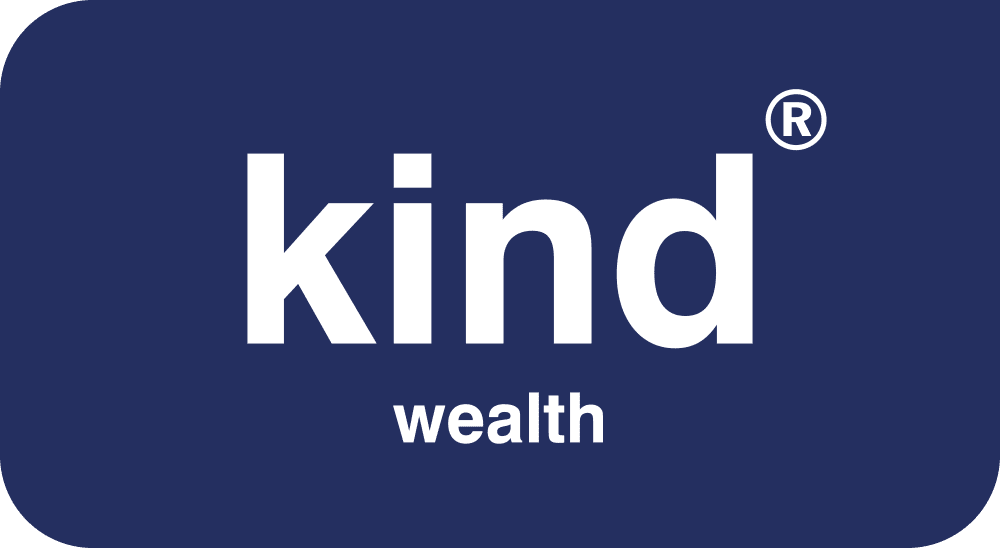So what is the investing equivalent of packing your umbrella and your sun hat? It’s diversification. Which is easy, just buy a few different types of investment. Right? Well, not necessarily…
In this blog we’ll look at:
How diversifying might not spread your actual risk as much as you think
How diversifying to reduce risk might cost you a disproportionate amount of lost return
How diversifying can be done to ensure you avoid or minimise both these problems
Your nest eggs
Diversification in investing is often explained as ‘not putting all your eggs in one basket’, which seems intuitively obvious.
The ‘eggs’ can be thought of as different assets that are of the same type, called ‘asset classes’. The most common ones are equities (shares in companies), bonds (loans to the government or to companies), property and cash. Diversification can also be achieved across different industry sectors like technology, energy, health care, banking and utilities. And across the geographical regions including Europe, North America, Asia and Emerging Markets.
However, when diversifying, professional investment managers, working on your behalf, are not just looking for a wide range of asset classes, sectors and regions. Not just a number of different ‘eggs’ per se. They are always looking for something else too – or rather they are looking for the absence of something – and that something is called correlation.
Correlation
If two asset classes (or two regions, or two industry sectors) correlate, that means that if one increases in value at a particular time, then the other is likely to increase in value too, by a similar amount. For example, if one goes up 10% the other will go up around 10%, and if one goes down 5%, the other will go down around 5%. If you put these two asset classes together in a portfolio, you are not spreading as much risk as you might think because whatever happens to one happens to the other. A recent example would be US Mid Cap Growth stocks and US Small Cap Value stocks – different asset classes that behaved in very similar ways5.
The reverse can be true too. Some assets are highly negatively correlated. If one rises in value in a given set of circumstances, the other will tend to fall by a similar amount, and vice versa. For example, historically global stocks and gold have tended to negatively correlate6 as worried investors have bought gold (thereby raising its price) in times of significant stock market falls. Having too much of such asset classes in your portfolio will indeed spread the risk, but it will also reduce or eliminate your overall returns.
What to do?
The answer is to combine assets which don’t correlate very much, either positively or negatively, into a multi-asset fund or portfolio. That is the way to minimise your risk whilst still getting the desired returns in the longer term.
Selecting and combining assets in this way leads to a counter intuitive phenomenon first described by Harry Markowitz7. Which is that even if you add a higher risk asset class to a portfolio, you can often thereby actually reduce the overall investment risk in that portfolio. How come? Because it’s not just the individual ingredients that matter, it’s how they interact – the ‘recipe’.
Can you do this yourself?
Some private investors like to select several different individual asset classes, sectors or regions, perhaps by buying a few single asset class funds, based upon how they think each will perform. ‘I fancy tech at the moment’. ‘I wouldn’t invest in Asia right now’. ‘I’m going for gold in these uncertain times.’ ‘I think equities will bounce back very soon’ – comments like these indicate a failure to understand that it’s not just about how the individual investments perform, it’s about how they perform relative to each other. Therefore, it’s almost impossible for such investors to know how much risk they are actually taking overall.
Other private investors avoid this by understanding the power of a professionally managed multi asset fund, which is constructed with correlations in mind. However, they then make the mistake of thinking that buying more than one of such funds is reducing the risk even further. But the risk taken is then determined by the combination of assets across all the funds. Whilst you can know the risk within each fund, it’s very difficult to know the resulting risk across the portfolio of several funds.
So how can you achieve the right combination of asset classes, sectors, regions or funds to achieve the level of return you need, whilst taking the risk you are comfortable with? How can you know the correlations between all individual asset classes, sectors and regions that you need to know to achieve the right combination of assets or funds in your portfolio? Well, frankly most people can’t – the data, expertise, experience and even access to buying the range of asset classes, sectors and regions needed simply isn’t available to anyone who isn’t a professional investment manager.
What you can do, with the help of your financial adviser, is identify how much you need your investment return to be, over what time period, and with the level of risk that you are comfortable with. It’s then your professional investment manager’s job to combine asset classes, sectors and regions into a multi asset portfolio or fund in a way which maximises the investment return for that level of investment risk. Or to put it another way, to ensure that you are not taking any more investment risk than you need to in order to achieve the level of return you need.
Then, as a private saver and investor, you’ll be in a much better position to weather the storms.
Past performance is not a guide to future performance.
The value of investments can fall as well as rise. You may get back less than you invested.
Approver Quilter Wealth Limited & Quilter Mortgage Planning Limited. 12/04/2022
Source
1’Met Office MIDAS Open: UK Land Surface Stations Data (1853-current)’, 2019
2‘Deterministic Nonperiodic Flow’, Edward Lorenz, Helen Fetter, Journal of Atmospheric Sciences, 1963
3 ‘Chaos Theory in Finance’, Igor Klioutchnikov, Mariia Sigova, Nikita Beizerov, 2017
4 ‘US equities since 1871 in real terms’, BofA ML, Robert Shiller, Ibbotson
5 ‘Correlation matrix for 14 Asset Classes, Morningstar 2022
6 ‘Gold’s Correlation with Stocks and Inflation May 1968-August 2020’, Morningstar
7 ‘Portfolio Selection’, Markowitz H.M., The Journal of Finance, 1952



